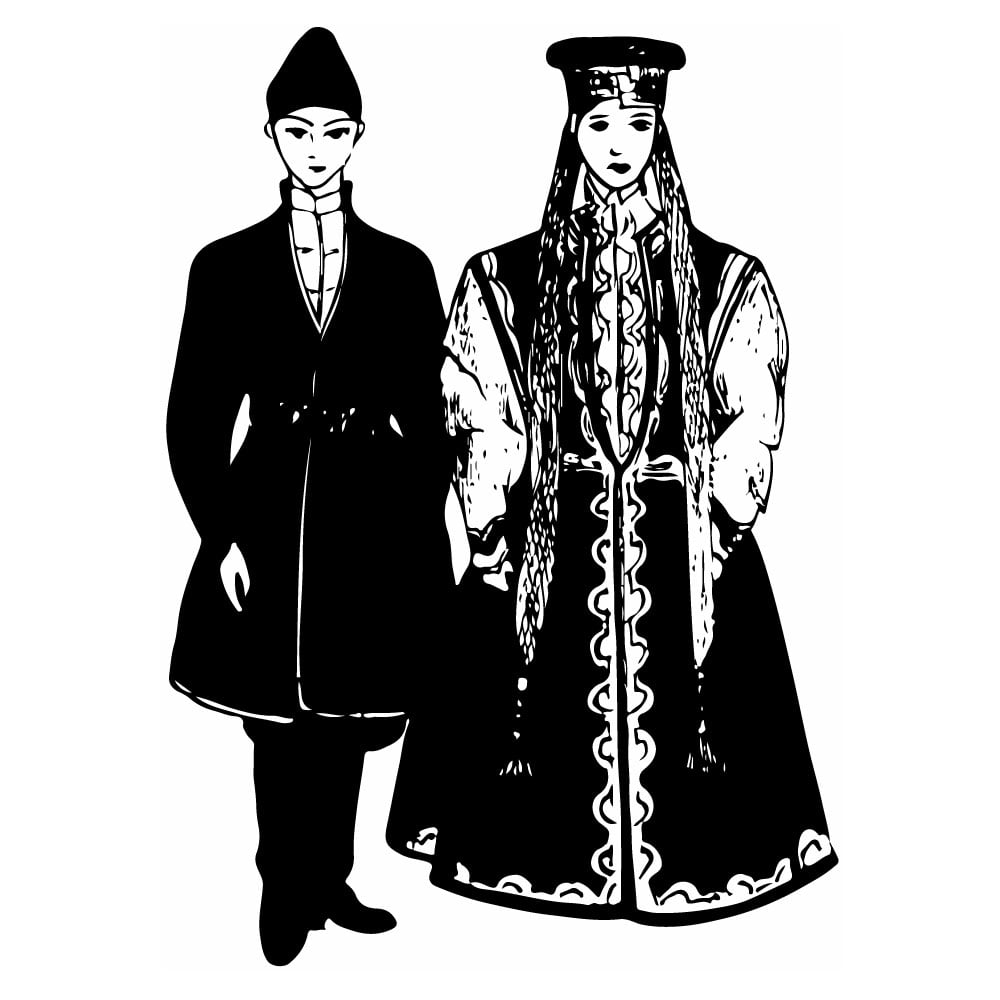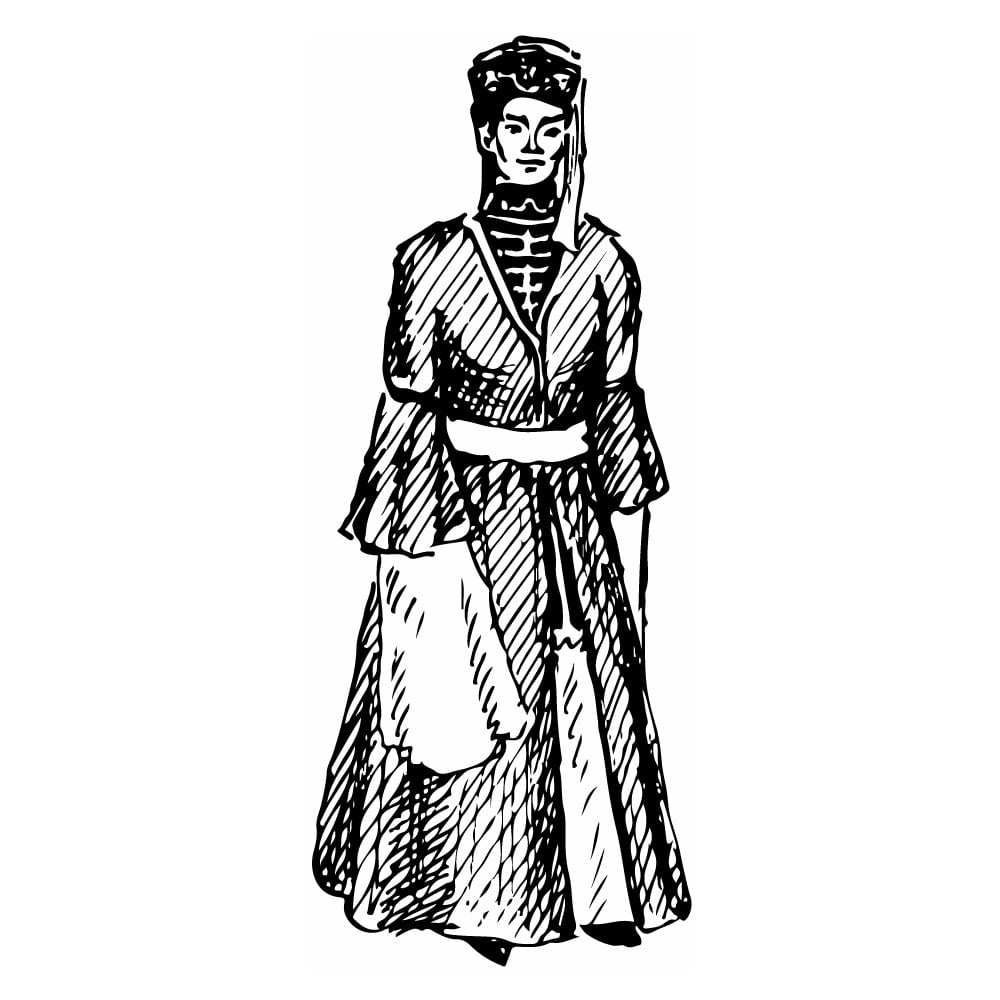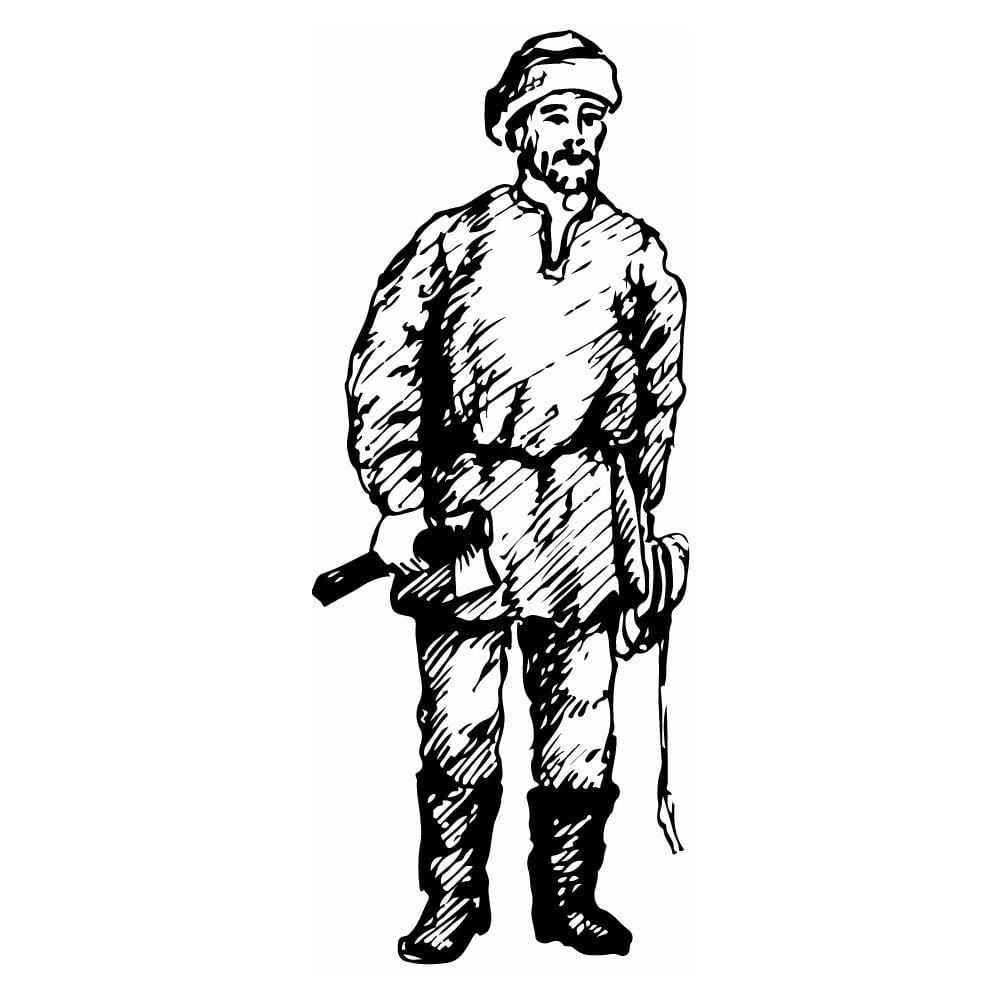Nganasan
| Population | 1,300 |
| Language group | Samoyedic group of the Ural languages |
| Language | Nganasan |
| Region | Taimyr Peninsula and Krasnoyarsky Krai |
| Religion | Animism |
*Population estimates for 1994
The Nganasan (“Nya,” as they call themselves, some earlier names are the Tavgi, Tavgi-Samoyed) are a nationality. The Nganasan nationality has been outshaped as a result of the assimilation of the ancient native population of the Taimyr Peninsula by alien pagan Samoyed tribes. The Nganasan’s neighbors are the Ents and Nenets in the West, the Dolgan and Yakuts in the South and East. The Nganasan have no neighbors in the North, Arctic deserts of the northern banks of the Taimyr Peninsula were completely uninhabited. The Nganasan were discovered for the first time by Russians in 1818.
The main branches of Nganasan economy were hunting, deer-breeding, and fishing. Unlike the Nenets, the Nganasan were primarily engaged in wild-deer hunting. It was only in the middle of the nineteenth century when the Nganasan changed their traditional weapons for guns. In ancient times, fur trade was comparatively a secondary business in Nganasan economy. Sometimes they hunted polar foxes that were later sold off to merchants.
According to the legend, the Nganasan used to have very few deer. Many of the Nganasan went on foot, sometimes harnessing themselves to sleds. However, toward the middle of the nineteenth century, the Nganasan became the major deer-breeders of the Taimyr Territories.
Household utensils of the Nganasan were rather backward. The main items were knives and hammers. Some primitive blacksmith work was spread among them. On the contrary, the Nganasan had highly developed deer-skin processing.
Deer skin was the only raw material for sewing clothes. Factory-made cloth was used only for applique. The cut of the Nganasan clothes was completely different from the Nenets. Both men’s and women’s clothes were much shorter and not as heavy as the Nenets’. They were more adapted for walking on foot rather than deer-riding. In summer time, men and women used shabby and worn winter clothes. The hat was the exclusive part of women’s dress. The clothes of the children were the same. For very little children they sewed special fur overalls.
A unity of pre-animistic and animistic beliefs was the foundation of Nganasan religious outlook. The Nganasan thought that man-made things were alive and capable of understanding human languages. On storing sledges and winter clothes, the Nganasan addressed them with a speech promising to come back in autumn and bring grease and meat.
In the spring, deer were sacrificed to rivers. The Nganasan considered the holy creatures to be of three kinds: nguo (the masters of certain nature phenomena), barusi (anthropomorphic harmful creatures inhabiting rivers, lakes and seas), and dyamada (specific animal-like spirits, who served the shamans). Shamanism enjoyed great popularity among the Nganasan.
The biggest religious festivals were the Holiday of the Clean Chum (house) and the tradition of coming through the “New Gates.” The Nganasan believed in the soul immortality. They thought that the man after his death lived on the “Lower Earth” the same life, while his soul, after returning to the “Master of Souls,” reincarnated in a new-born child.
Nganasan folklore is rich and diverse. Its main kinds are: legends, fairy-tales, historical stories, songs, and riddles. The Nganasan had no musical instruments. Nganasan painting is presented by mammoth bone engraving, leather drawing, and deer hair pattern embroidery.
At present, the life of the Nganasan has undergone dramatic changes. They live in modern cottages and their children go to school. The Nganasan are no longer illiterate. They are very keen on their national dress. Along with old cut clothes shirts, jackets, high boots come into use. At present they work on collective farms preserving some ancient trades.
This is Ad 1





























